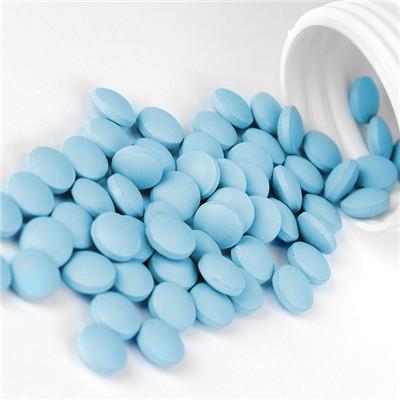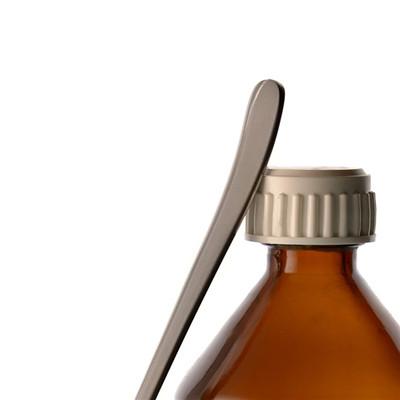The clinical symptom of typical angina pectoris?
summary
The direct cause of angina pectoris is the absolute or relative insufficiency of myocardial blood supply. Therefore, various factors that reduce myocardial blood (blood oxygen) supply (such as intravascular thrombosis, vasospasm) and increase oxygen consumption (such as exercise, increased heart rate) can induce angina pectoris. The clinical symptom of typical angina pectoris? Next, I'd like to share my views with you.
The clinical symptom of typical angina pectoris?
First, the sudden crushing, stuffy or asphyxiating pain behind the upper or middle sternum may also affect most of the precordial area, and may radiate to the left shoulder and the anteromedial side of the left upper limb, reaching the ring finger and little finger. Occasionally, it may be accompanied by a sense of near death, often forcing the patient to stop activities immediately, and even sweating in severe cases.
Second, the pain lasted 1-5 minutes, rarely more than 15 minutes; After rest or taking nitroglycerin, the pain disappeared within 1-2 minutes (rarely more than 5 minutes). Often in fatigue, emotional excitement (anger, anxiety, hyperactivity), cold, satiety, smoking occurs, anemia, tachycardia or shock can also be induced.
Third: the pain can be located in the lower part of the sternum, left anterior heart area or upper abdomen, radiating to the neck, mandible, left scapula or right anterior chest. The pain can quickly disappear or only left anterior chest discomfort and stuffy feeling. It is common in elderly patients or diabetic patients.
matters needing attention
1. All kinds of inducements should be avoided as far as possible. Adjust diet, especially eating should not be too full; No smoking or drinking. Adjust daily life and workload, reduce mental burden; Keep proper physical activity, 2. Dinner should not be too full, so as not to induce acute myocardial infarction. Fresh vegetables, fruits, coarse grains, and more sea fish and soybeans are beneficial to the prevention and treatment of coronary heart disease.

















